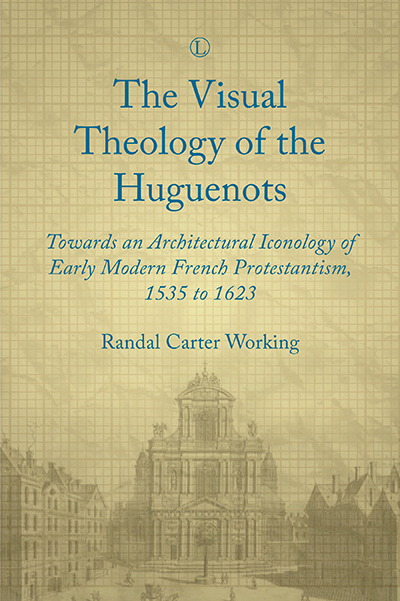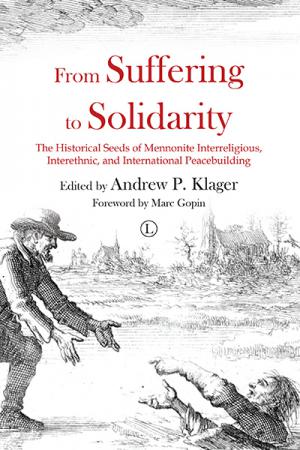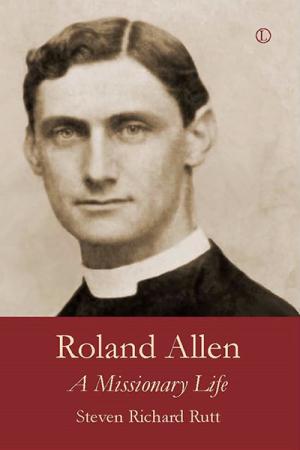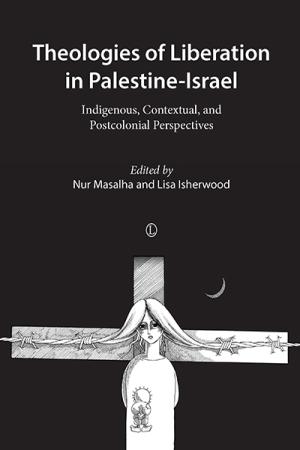Description
The role of architecture within the French Reformed tradition has been of recent scholarly interest, seen in the work of Hélène Guicharnaud, Catharine Randall, Andrew Spicer, and others. Few, however, have investigated in depth the relationship between Reformed theology and architectural forms.
In The Visual Theology of the Huguenots, Randal Carter Working explores the roots of Reformed aesthetics, set against the background of late medieval church architecture. Indicating how demonstrably important the work of Serlio is in the spreading of the ideas of Vitruvius, Working explains the influence of classical Roman building on French Reformed architecture. He follows this with an examination of five important Huguenot architects: Philibert de l’Orme, Bernard Palissy, Jacques-Androuet du Cerceau, Salomon de Brosse, and Jacques Perret. The distinct language of Huguenot architecture is revealed by his comparative analysis of three churches: St Pierre in Geneva, a medieval church overhauled by the Reformers; St Gervais-St Protais, a Parisian Catholic church whose façade was completed by the French Reformed architect Salomon de Brosse; and the temple at Charenton, a structure also designed and built by de Brosse. These three buildings demonstrate how the contribution of Huguenot architecture gave expression to Reformed theological ideas and helped bring about the renewal of classicism in France.
About the Author
Randal Carter Working earned his Master of Fine Arts degree from the University of Washington, and his Master of Divinity degree, Doctor of Ministry, and PhD in Theology from Fuller Theological Seminary. He is adjunct professor for Fuller, and has taught for Seattle Pacific University and Ashland Theological Seminary.
Contents
1. Introduction
Part One
2. Iconology – Outline of a Working Methodology
3. A Catholic Conception of Space: The Visual World of the Middle Ages
4. A Reformed Conception of Space: An Analysis of Spatial Sanctity in Swiss and French Reformed Churches
Part Two
5. Vitruvius, Serlio, and the Sixteenth-Century Architectural Treatise
6. Protestant Architects’ Use of Vitruvian Ideas
7. The Shaping of Reformed Worship Space
8. A Distinctively Reformed Voice
Appendix: Architectural Manuscripts or Prints Published in France, Written in French or Translated Into French (Sixteenth and Seventeenth Centuries)
Bibliography
Endorsements and Reviews
Through a rich and nuanced exploration that focuses especially on Huguenot church architecture, Working insightfully points the way to a Reformed perspective that recognises the need to promote ‘holiness through space.’ A seminal work!
Richard J. Mouw, President Emeritus, Professor of Faith and Public Life, Fuller Theological Seminary
This rich exploration of the link between architecture and worship, helpfully illustrated with woodcuts and drawings, sets the particular contribution of the Huguenots in the context of Western Christendom as a whole. Working’s insight into theologically shaped spaces holds great potential for equipping God’s people for the mission of the church, and is a timely word in a time where worship spaces are often shaped by the culture of performance and entertainment.
James R. Edwards, Bruner-Welch Professor Emeritus of Theology, Whitworth University






